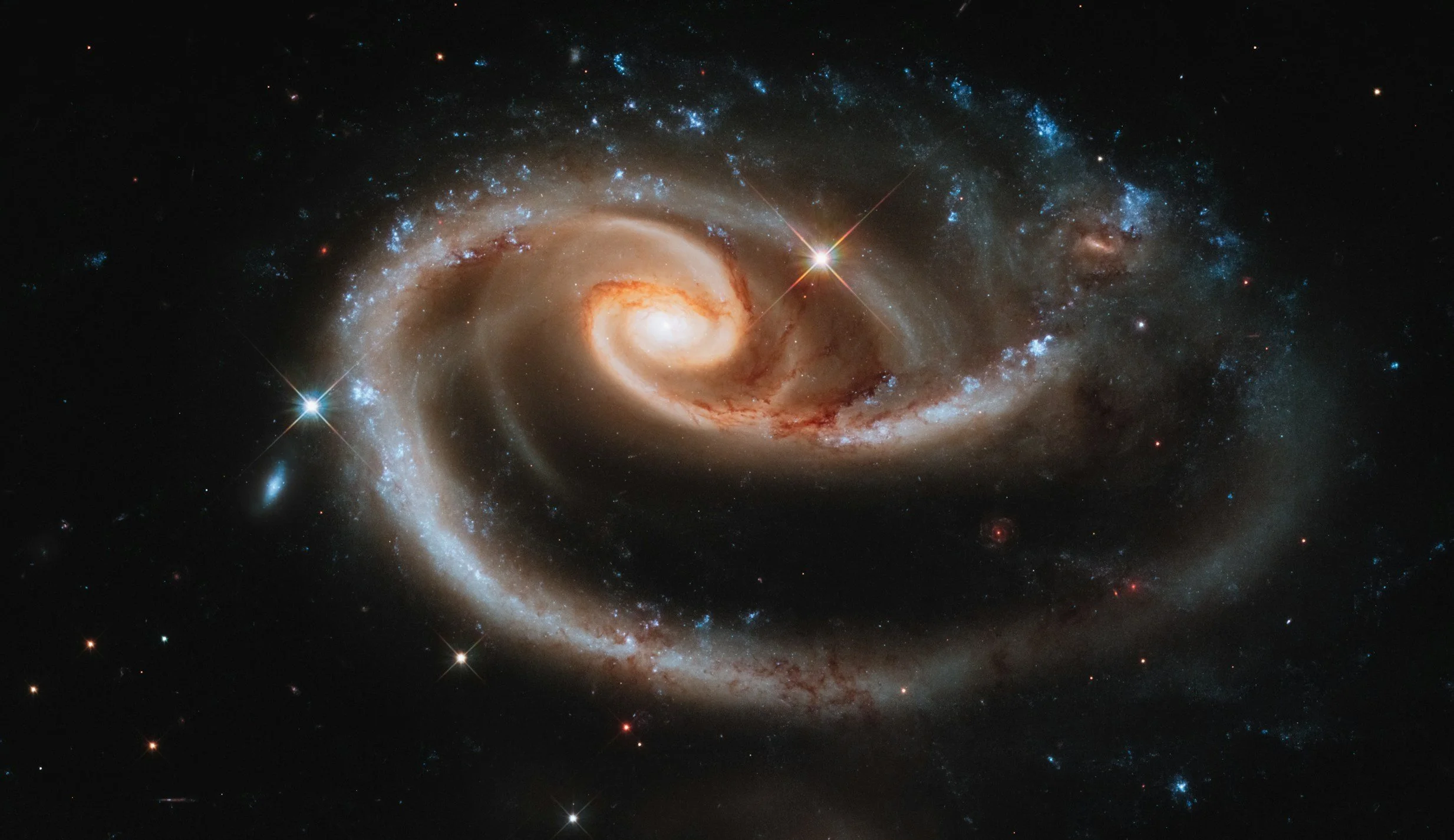Cosmic Cycles: What the Stars Teach Us About Balance
Everything in the universe moves in cycles. The moon tugs at the tides, the sun rises and sets, and the stars shift slowly across the sky in rhythms that have repeated for billions of years. These patterns are not just celestial mechanics—they are the forces that shape life on Earth.
For thousands of years, people lived by these cycles, planting by the moon, marking time by the sun, and using the stars to find their way. Today, science confirms what ancient civilizations understood intuitively: the cosmos is not separate from us. Its rhythms sustain ecosystems, influence climates, and even shape human behavior. When we recognize these connections, we gain a deeper sense of balance—not just with the natural world but within ourselves.
The Moon: A Cosmic Compass
For millennia, the moon has shaped Earth’s natural rhythms, influencing tides, ecosystems, and even the behaviors of species that rely on its cycles. Its gravitational pull regulates the rise and fall of the oceans, sustaining intertidal zones—some of the most biodiverse habitats on the planet (Aguilera et al., 2017). From crabs scuttling across rocky shores to mangroves sheltering young fish, the moon’s presence sustains life in profound ways.
Ancient civilizations understood these rhythms deeply, structuring their agricultural and fishing practices around the lunar phases (Kassam, 2010). Beyond the tides, the moon stabilizes Earth’s axial tilt, ensuring seasonal consistency—a key factor in maintaining habitable conditions.
The Sun: Sustainer and Symbol
The sun’s energy fuels nearly all life on Earth, driving photosynthesis, regulating climate, and shaping weather patterns. Its steady cycles dictate the movement of winds and ocean currents, creating conditions for life to thrive (Field et al., 1998).
Ancient cultures honored the sun’s life-giving power, aligning structures such as Stonehenge and the pyramids with its movements. These solar markers were not only astronomical achievements but also reflections of humanity’s reverence for the natural order (Ruggles, 2017). Today, as we harness solar power for renewable energy, we continue to depend on this ancient force, adapting to its cycles in ways that promote sustainability and resilience.
The Stars: Navigators and Storytellers
For centuries, humans have turned to the stars for guidance, physically and philosophically. Polynesian wayfinders charted vast ocean voyages by reading the night sky, while early agricultural societies relied on constellations to signal planting and harvest seasons (Genz, 2018). These celestial patterns served as tools for survival and sources of meaning, connecting humanity to the cosmos in profound ways.
Stars also invite a broader perspective. Their slow, deliberate movements across the sky reflect patience, endurance, and transformation—qualities that mirror the human experience. Across cultures, myths and oral traditions have drawn wisdom from the heavens, reinforcing the deep relationship between human life and the cosmos (Silva & Campion, 2015).
Living in Step with the Cosmos
The cycles of the universe mirror the rhythms of life on Earth. Just as the moon’s phases influence tides, human emotions ebb and flow. The sun’s rise and fall reflects the need for both activity and rest. Even the vast orbits of planets encourage patience, reminding us that growth and transformation unfold over time.
Aligning with these cosmic rhythms fosters a deeper connection to the world around us. Practicing mindfulness, embracing sustainable habits, and honoring natural cycles help create balance in an often chaotic world.
A Cosmic Invitation
The universe operates in cycles of creation, transformation, and renewal. These rhythms shape every moment of existence, reminding us that balance is dynamic—a dance of adaptation and harmony.
Step outside and notice the patterns around you—the movement of the tides, the shifting shadows of the day, the constellations inching across the night sky. These rhythms have shaped life for billions of years, and they continue to shape you. In understanding them, we find not just balance, but belonging.
References
Aguilera, M. A., Broitman, B. R., & Thiel, M. (2017). Spatial variability in coastal ecosystems: Insights from the intertidal zone. The Journal of Experimental Marine Biology and Ecology, 492, 63-76.
Field, C. B., Behrenfeld, M. J., Randerson, J. T., & Falkowski, P. (1998). Primary production of the biosphere: Integrating terrestrial and oceanic components. Science, 281(5374), 237-240.
Genz, J. (2018). Waves of knowing: A seascape epistemology. Duke University Press.
Kassam, K. (2010). Pluralism, resilience, and the ecology of survival: Case studies from the Pamir Mountains of Afghanistan. Ecology and Society, 15(2), 8.
Ruggles, C. (2017). Cosmic reflections: Astronomical alignments in ancient cultures. Cambridge University Press.
Silva, F., & Campion, N. (2015). Skyscapes: The role and importance of the sky in archaeology. Advances in Archaeological Practice, 3(1), 1-14.

